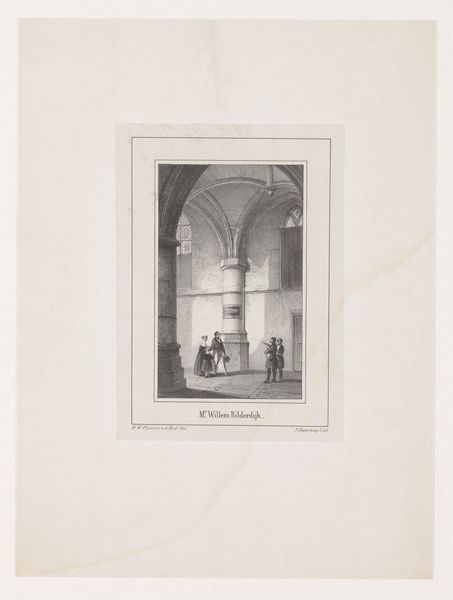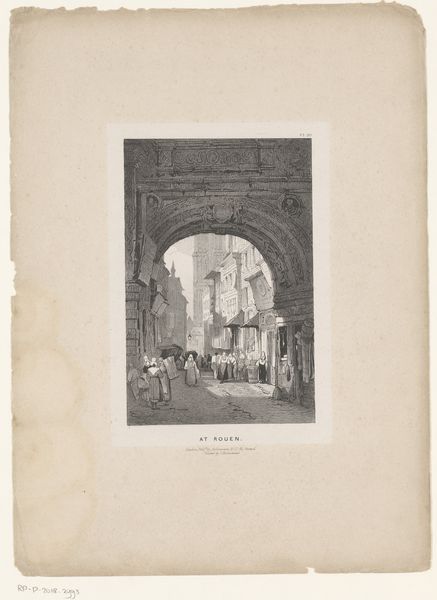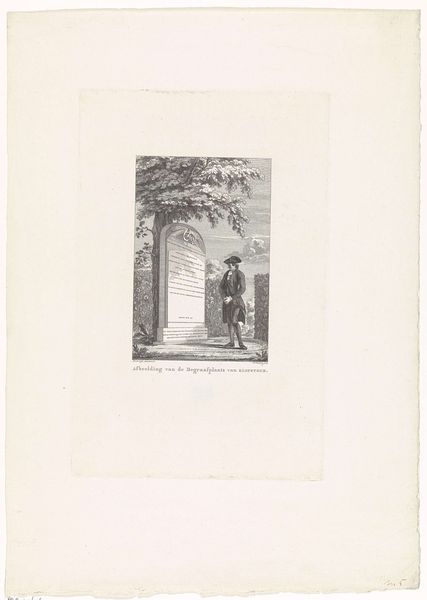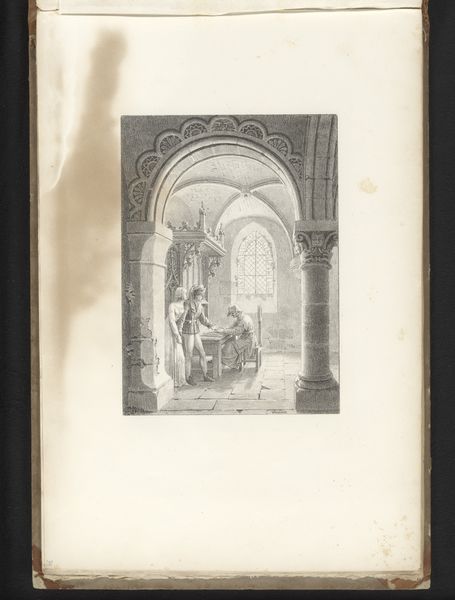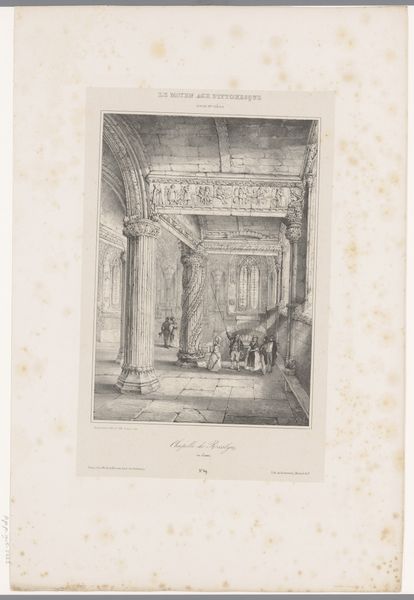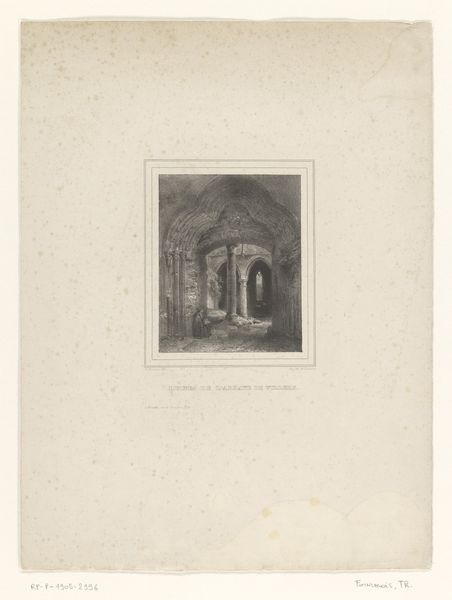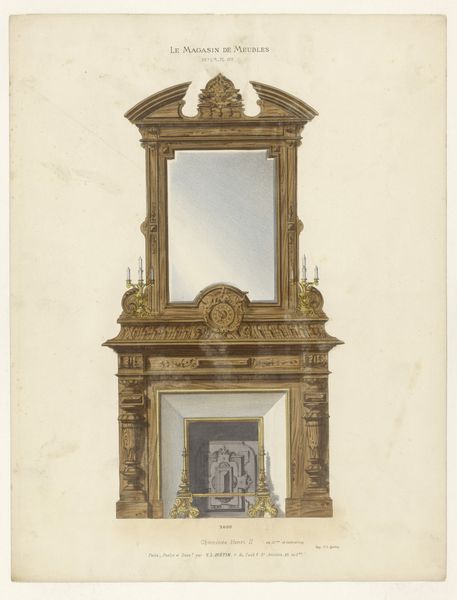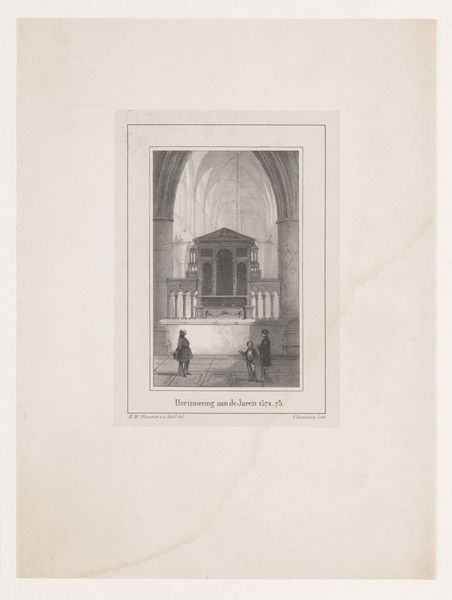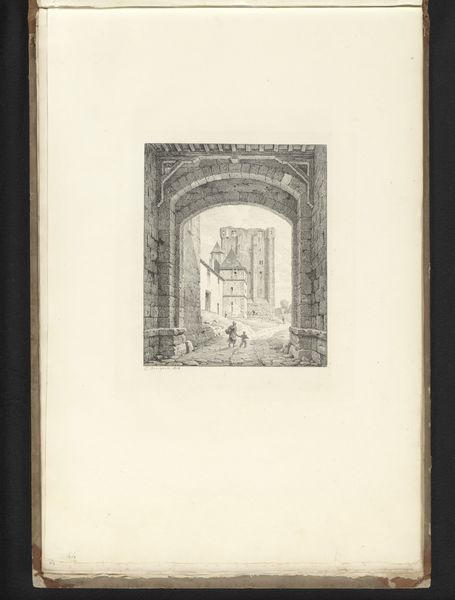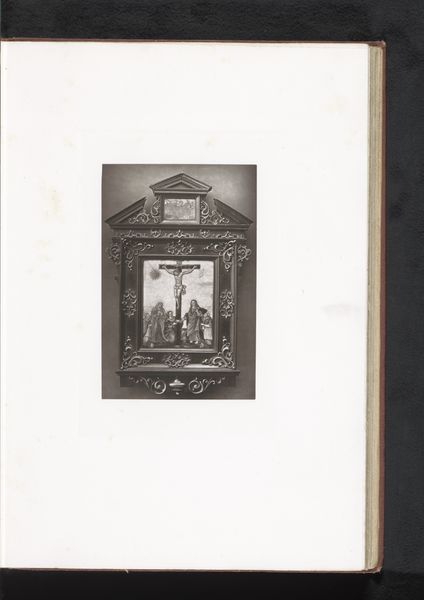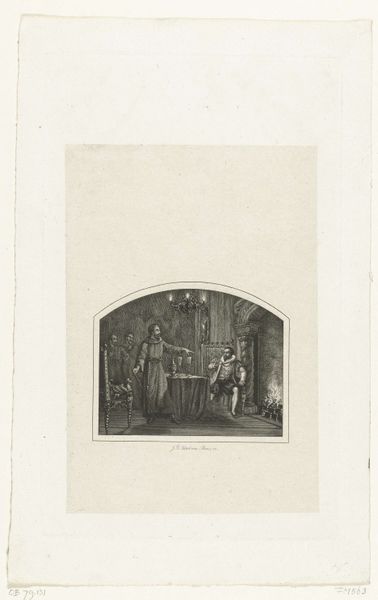
Entering the Villa Santucci, from Souvenirs d’Italie: Expédition de Rome 1850
0:00
0:00
drawing, lithograph, print, paper
#
drawing
#
lithograph
# print
#
landscape
#
paper
#
romanticism
#
genre-painting
Dimensions: 273 × 211 mm (image, incl. tint); 302 × 239 mm (primary support); 568 × 411 mm (secondary support)
Copyright: Public Domain
Auguste Raffet created this lithograph, "Entering the Villa Santucci," to document the French Expedition to Rome in 1849. Lithography, unlike painting or sculpture, is inherently a reproductive medium. The image is drawn on a stone with a greasy crayon, then chemically treated so that ink adheres only to the drawn areas. The resulting print carries a particular aura. Note the fine lines and tonal variations Raffet achieved; these were multiplied to disseminate his vision of the military campaign. Lithography’s link to mass production ties it to the social and political context of 19th-century Europe. The production of prints like these involved the division of labor: from quarrying the limestone, to preparing the stone, to the work of the artist, to the printing process itself. This makes us consider the many hands involved in creating a single image. Understanding the means of production allows us to appreciate its wider cultural significance, challenging our assumptions about art and labor.
Comments
No comments
Be the first to comment and join the conversation on the ultimate creative platform.

